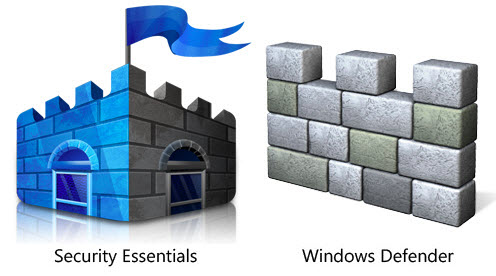 |
| SAP SME Summit |
Saying that the cloud has changed the way we do business is a little bit like saying water is wet - that much is obvious. What isn't obvious, and what became apparent at the SAP SME Summit held last week in New York City, is that the shift to the cloud has been a double-edged sword. On one hand, panelists were pleased that using cloud-based software has made it easier to interact with business partners - but it also means consumers expect even the smallest businesses to serve their queries as if they were running large enterprise systems.
Pittsfield, MA-based lifestyle retailer Annie Selke Companies, which encompasses several different brands, had struggled with multiple, outdated e-commerce platforms prior to moving to SAP Hybris Commerce, cloud edition. The move has made it easier for the various brands to make changes to the websites and had made it less likely that anything would fall through the cracks, according to panelist Monica Cleveland, vice president of e-commerce.
Being on the cloud has been so successful for Annie Selke that the company is now working to implement SAP Merchandising and Business By Design, Cleveland said. "We see revenue opportunities there... (and) in the future hope to leverage its capabilities to move to different countries," she added.
Cloud fosters enterprise-class service to customers
The other side of the surge in cloud use is the newly-added pressure on even smaller companies to provide enterprise-class service to customers. "A lot of customers are going into retail and direct-to-consumer sales," said Donald Dickinson, president, founder and owner of management consulting firm Dickinson & Associates. Selling to smaller retailers and individual consumers means that businesses need to provide a way for these customers to track products easily. When selling to large companies, they use EDIs to track shipments, but ordinarily, smaller companies will call, which is cumbersome, he said.
Dickinson & Associates built on the SAP HANA cloud platform to incorporate UPS, FedEx and other shipping carriers. Data is taken from the main SAP system and provided to customers to track their products.
cSubs, which helps clients manage subscriptions, licenses, market data feeds, and e-content, needs to integrate its e-commerce system, SAP Ariba, with its customers', and the company has found that the most difficult integrations are with the on-premise systems customers have that haven't been upgraded in years. "It's much more time-consuming to bring these customers on board," said Kenneth Redler, CTO. However, when customers are on a cloud-based system, electronic interactions are much more predictable.
"With those using cloud-based services, for us, it's like interacting with one big customer," Redler said. "What's big for us is that when all these other companies come on board with systems in the cloud, it enables us to more easily interact."
For McInnis Cement, cloud services are going to become critical as its new cement plant goes live. The company runs a lean IT staff, and it uses SAP S/4 HANA. The company expects its cloud-based HANA installation to support the business through this transition. "In the longer term, we see more cloud for us," said Laetitia Debout, business relationship manager. McInnis Cement has identified managed services and SaaS as what's needed to move forward as a company, she said.
For the panelists, being able to use software in the cloud has boosted their small businesses and allowed them to compete with larger companies. It's also made it easier to integrate their systems with shipping carriers and with customer systems.










